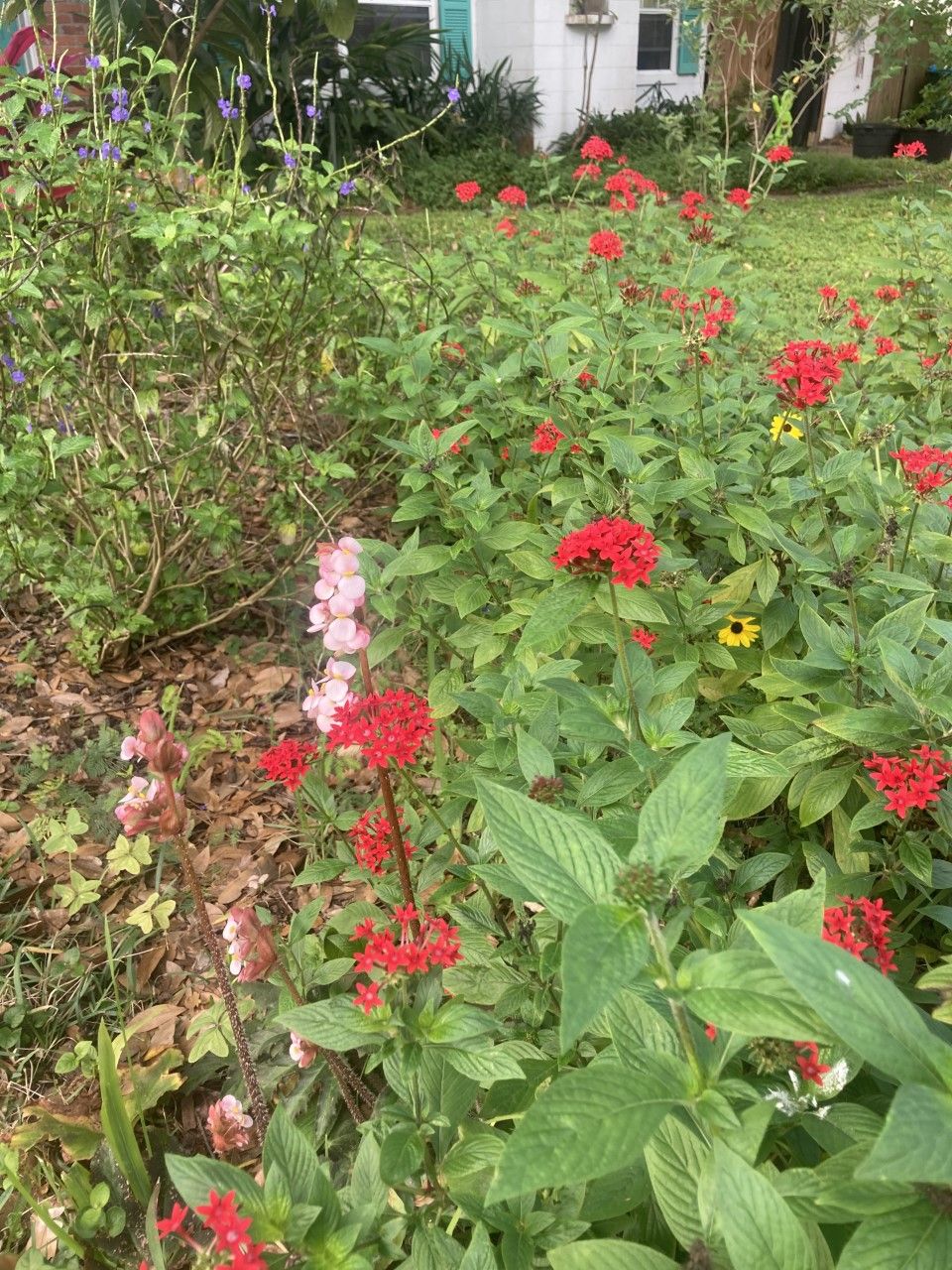
Credit: Tina McIntyre, UF/IFAS
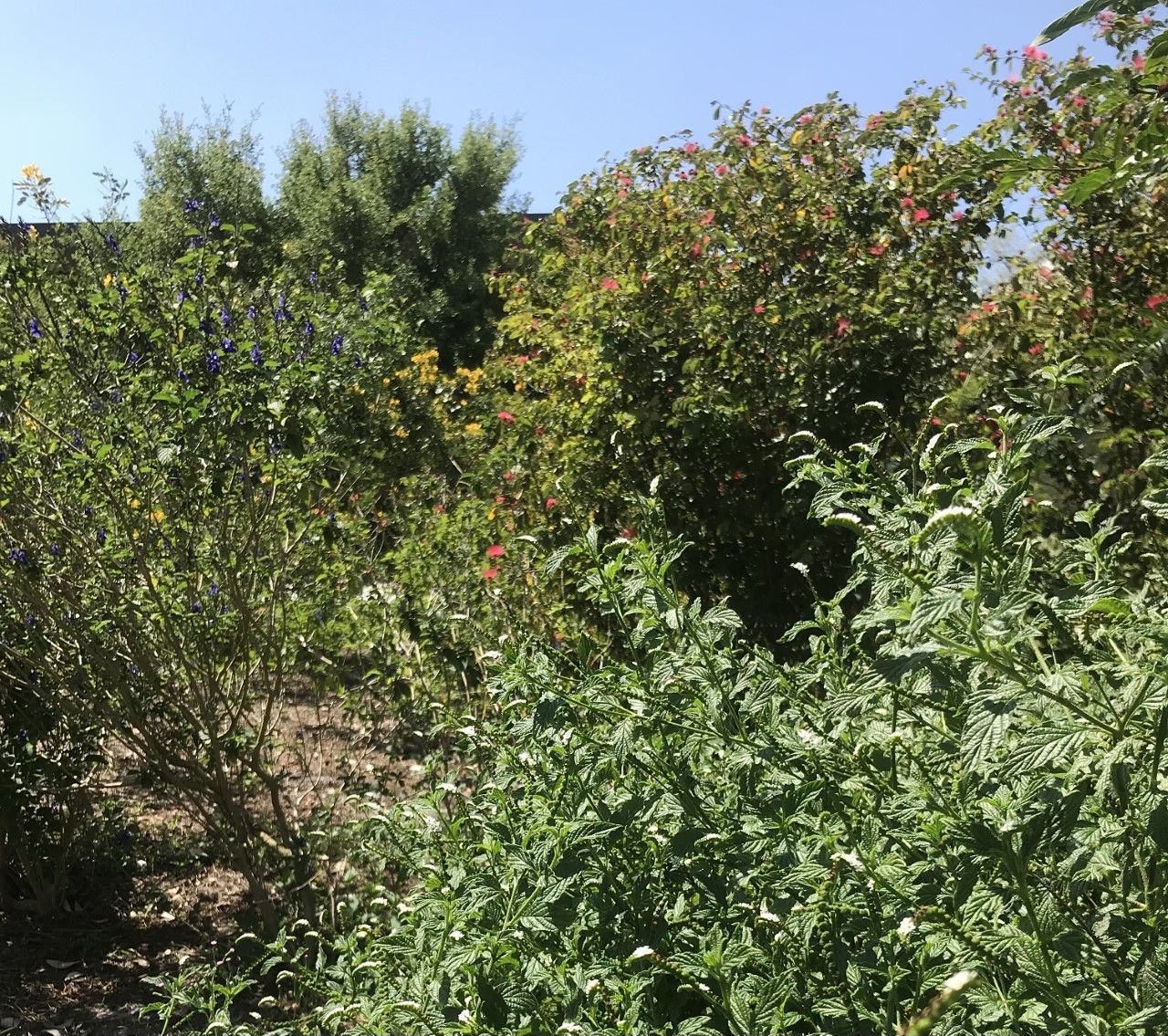
Credit: Rachel Gutner, UF/IFAS
Introduction
Florida is rapidly urbanizing, and with more and more new residents and businesses arriving daily, Florida’s water resources may become limited in the future. If Florida continues to develop on trend, more than one-third of Florida’s land will be developed by 2070 (UF GeoPlan Center et al. 2017). Nationwide, landscape irrigation is estimated to account for nearly one-third of all residential water use (EPA 2017). In order to be a steward of Florida’s natural resources, it is important to create landscapes that do not use excessive amounts of water, fertilizer, pesticides and other resources. The concepts of Florida-Friendly Landscaping™ have been around since 1991 and continue to offer sustainable landscaping principles, including what is outlined in this document. This EDIS publication is for Florida homeowners, residential and commercial property managers, and landscape architects interested in creating aesthetically pleasing landscapes and to help individuals choose the right plant for the right place.
This document considers the need for sustainable landscaping in Florida, as well as the desire for aesthetically pleasing landscapes. As proposed by Piet Oudolf, a prominent Dutch garden designer, there is beauty in all seasons, and the dieback of a plant, if placed properly, can add to the overall effect of the garden. In this publication, we define a mosaic as a landscape composed of plants that bloom at specific times, have seasonality (including dieback), and exhibit different textures, shapes, and sizes. One can create a mosaic image of sustainable landscaping by selecting and utilizing Florida-friendly and native plants.
Landscaping offers a great opportunity for homeowners to mimic Florida’s beautiful natural environments and incorporate water-wise plant selections into their designs. We’ve created two primary mosaic concepts that embrace and highlight a certain theme. They include the pollinator concept and the seasonal concept, which can be used separately or combined to help landscapers, homeowners, landscape architects, and HOAs (homeowners’ associations) responsibly choose appealing plants to meet that conceptual goal.
Green spaces, such as residential yards, commercial properties, and shared communal parks, enrich our lives in many different ways. Horticulture is linked to improved mental health, improved human performance and energy, reduced stress, and much more. There are also economic benefits to investing in green spaces, such as reduced healthcare costs and increased property values. Green spaces reduce noise pollution and stormwater runoff and help to improve water quality by absorbing nutrients from pet waste, excess landscape fertilizers, and toxic organic chemicals such as pesticides before they enter surrounding waterways. They also reduce heat and cold damage in urban areas (International Society for Horticultural Science 2012). By embracing these plant concepts and proposed species in your yard, managed area, or shared space, you and your community can actualize these mental, physical, and financial benefits.
Site Preparation and Management
The best way to control weeds is to prepare your land effectively prior to installation. With a little time and planning, you can manage weeds by solarizing the area (McSorley and Gill 2019). Solarize your garden space by removing as much of the existing undesired plants as you can, then wet the soil thoroughly. Cover the area with 1 ml thick polyethylene (PE) heavy-duty clear plastic and secure the edges with landscape ties or soil to trap heat, prevent photosynthesis, and smother the remaining unwanted plants or seeds. Leave this covering on for about six to eight weeks. When you remove the plastic, all the roots of the weeds in the upper 4"–6" of soil should be dead. Because this treatment only targets the upper part of the soil, deeper soil may still be affected by pests, and after 3–4 months, the effects of solarization diminish (McSorley and Gill 2019).
Soil tests, which can be sent to the UF/IFAS Extension Soil Testing Laboratory (ESTL), will help determine the site conditions most accurately. See the pH column in Table 1 below to determine if the selected plants will do well in your site. Most plants will benefit from soil enhancement, but native plants are particularly well suited to sandy soil and acidic conditions. If you wish to enhance your soil, we recommend mixing organic material into the existing soil during this phase (Treadwell et al. 2019).
Although native plants typically require less maintenance and fewer resources, it is virtually impossible to create a landscape with no maintenance. Weed control (including invasive species removal) is important to maintaining the aesthetics of a landscape. However, before weeds can be controlled, they must be identified. Landscape managers or property owners should identify the weed and determine if it is problematic before removing it. Some weeds, if not invasive, might be a good addition to the landscape, depending on its purpose. To identify a plant you are unfamiliar with, visit the UF/IFAS Weed Identification Guide, submit a specimen to your local Master Gardener Volunteer program, or submit a specimen to the Distance Diagnostic and Identification System.
After planting, two to three inches of mulch should be applied to the landscape to suppress weed germination, hold moisture in the root zone, prevent erosion and provide aesthetic uniformity. Pine needles and other leaves are a sustainable selection while being readily available most of the year. Lightly pruning plants at certain times of the year will help regenerate growth and promote blooms. Plant replacement might also be necessary if some plants fail to thrive due to natural causes.
Pollinator Concept
A pollinator is any animal that helps carry pollen from the male part of the flower to the female part of the same or another flower. Pollination must occur for the plants to become fertilized and produce fruits, seeds, and young plants. The relationship between pollinators and plants is one of the oldest and most striking symbiotic relationships that still exists today. This symbiosis can be observed in your yard: hummingbirds are naturally drawn to the reddish flowers of coral porterweed, Stachytarpheta mutabilis, and their long tongues are perfectly adapted to the long broad tubes of the flower, which lead to a high nectar reward. Hummingbirds pollinate by tending to plants with long nectaries: as they forage for nectar, pollen sticks to their beaks and faces and spreads to other plants. Through this relationship, pollinators feed and the female plant parts are fertilized. If successful, plant pollination leads to seeds that, when germinated, differ genetically from the parent. Further, the leaves of some pollinator plants may serve as food for the larval stages (i.e., caterpillars) of certain butterflies and some insects. Plants that also function as larval host plants are designated in the plant matrix. This dance and relationship that is mutually beneficial and reciprocal carries the species involved through time and space.
Pollinators are essential to human existence; their efforts contribute to a third of all food that humans eat. Even if pollinators are not directly pollinating human food crops, those plants often feed other organisms that we depend on. Pollinators also contribute greatly to healthy ecosystems because they transport pollen to plants that stabilize our soil, clean our air, supply oxygen, and support wildlife.
It is important to provide a habitat oasis to native and nonnative pollinators, such as bees, butterflies, and wasps. Some birds and hummingbirds are also effective pollinators. Many birds consume the fruits and excrete the seeds, which spreads the plant offspring. By creating a pollinator-focused landscape, you create a refuge for these vital creatures. Table 1 outlines many plant species that are suitable for pollinator gardens, with host species denoted by a dagger. Additionally, mobile web applications, such as the FFL Plant Guide, are available to assist with choosing native and nonnative pollinator plants and to learn about Florida’s diverse butterfly (https://ffl.ifas.ufl.edu/butterflies) and bee pollinators (https://ffl.ifas.ufl.edu/bees).
Because this concept focuses on wildlife, it is important not to use harsh chemicals when managing weeds. Some chemicals and common weed killers can also kill some species of bees, particularly honeybees (McSorley and Gill 2019).
Seasonal Concept
Florida’s natural ecosystems typically have a colorful display in fall and spring. Table 1 offers a list of plants that bloom by season. The “Year-Round” section contains plants that bloom throughout the year.
Because the list is primarily organized by bloom period, landscapers and homeowners also have the option of creating a colorful seasonal landscape. Florida’s unique, semitropical environment creates a hotbed of plants that respond to seasonal changes. These plants can make for an eye-catching yard full of blooms up to 6 months out of the year. We encourage landscapers and homeowners to explore the idea of nature-inspired, seasonally based landscapes because they highlight Florida’s many attractive plants. With the tendency for seasonally interesting plants to die back, many plants that are listed provide strong structural integrity with evergreen foliage.
Plant Matrix
Listed here are Florida-friendly plants organized by seasonal bloom period. All plants in this list are pollinator plants, meaning that their blooms provide a significant source of either nectar or pollen. Some of the species also function as host plants, providing food and resources for the larval stages of adult pollinators. The growing information for each plant is included, such as USDA hardiness zones, pH preference, light and moisture preferences, native status, and perennial/annual condition.
Because all annuals selected reseed, the homeowner/groundskeeper does not have to worry about replacing the entire section when the plant dies back. Some perennials, marked with an asterisk, also reseed, but not as prolifically.
Table 1. This table lists selected Florida-friendly plants in order of bloom period: fall, spring, or year-round. Native status, USDA Zone, and pH are listed as well. N/A in the pH column means that the preferred pH was not available. An asterisk (*) on the binomial denotes a reseeding perennial. A dagger (†) on the binomial name of the plant signifies that the species serves as a host plant.
Special thanks to Dr. Timur Momol, District Director for UF/IFAS Extension Central District, for funding and inspiration for this project.
References
Arnett, J. 2014. “Coevolution and Pollination.” Douglasia 38 (2). https://www.wnps.org/blog/coevolution-and-pollination
Cornwall, W. 2018. “Common Weed Killer—Believed Harmless to Animals—May Be Harming Bees Worldwide.” Science (September 24, 2018). https://doi.org/10.1126/science.aav5169
Dave’s Garden. 2021. “Plant Files.” https://davesgarden.com/guides/pf/
Davies, F., R. Geneve, and S. B. Wilson. 2018. Hartmann and Kester's Plant Propagation: Principles and Practices, 9th edition. New York: Pearson Education Inc.
Elmore, C. L., J. J. Stapleton, C. E. Bell, and J. E. Devay. 1997. Soil Solarization: A Nonpesticidal Method for Controlling Diseases, Nematodes, and Weeds. Publication 21377. University of California, Division of Agriculture and Natural Resources. https://vric.ucdavis.edu/pdf/soil_solarization.pdf
EPA. 2017. “Outdoor Water Use in the United States.” https://19january2017snapshot.epa.gov/www3/watersense/pubs/outdoor.html
Florida Native Plants Nursery. n.d. https://floridanativeplants.com/
International Society for Horticultural Science. 2012. “Health and Wellbeing.” In Harvesting the Sun: A Profile of World Horticulture, 50–57. http://www.harvestingthesun.org/
McSorley, R., and H. K. Gill. 2019. “Introduction to Soil Solarization.” EDIS 2010 (4). https://edis.ifas.ufl.edu/publication/IN856
Missouri Botanical Garden. n.d. Plant Finder. https://www.missouribotanicalgarden.org/plantfinder/plantfindersearch.aspx
Motta, E. V. S., K. Raymann, and N. A. Moran. 2018. “Glyphosate Perturbs the Gut Microbiota of Honey Bees.” PNAS 115 (41): 10305–10310. https://doi.org/10.1073/pnas.1803880115
National Park Service. 2018. “What Is a Pollinator?” https://www.nps.gov/subjects/pollinators/what-is-a-pollinator.htm
Treadwell, D. D., S. P. Brown, J. Stephens, and S. Webb. 2019. “Organic Vegetable Gardening in Florida.” EDIS 2013 (6). https://doi.org/10.32473/edis-hs1215-2013
UF GeoPlan Center, 1000 Friends of Florida, and Florida Department of Agriculture and Consumer Resources. 2017. “What Is Your Vision for Florida’s Future?” 2070 Report. https://1000friendsofflorida.org/florida2070/wp-content/uploads/2017/08/FOF-1080-Newsletter-Spring-2017-v12-web.pdf
UF/IFAS Gardening Solutions. 2013. “Working in Your Florida Soil.” https://gardeningsolutions.ifas.ufl.edu/care/planting/florida-soil/
USDA, NRCS. 2021. The PLANTS Database. National Plant Data Team, Greensboro, NC. https://plants.sc.egov.usda.gov/java/
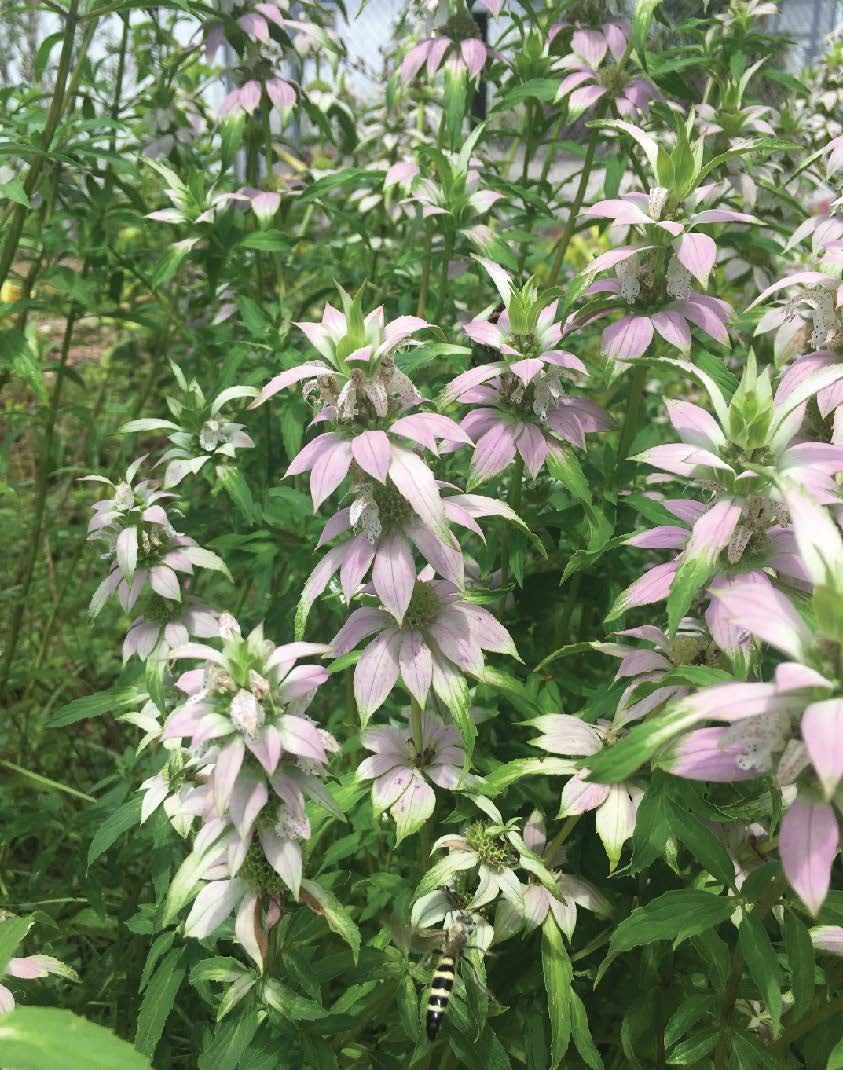
Credit: Tina McIntyre, UF/IFAS
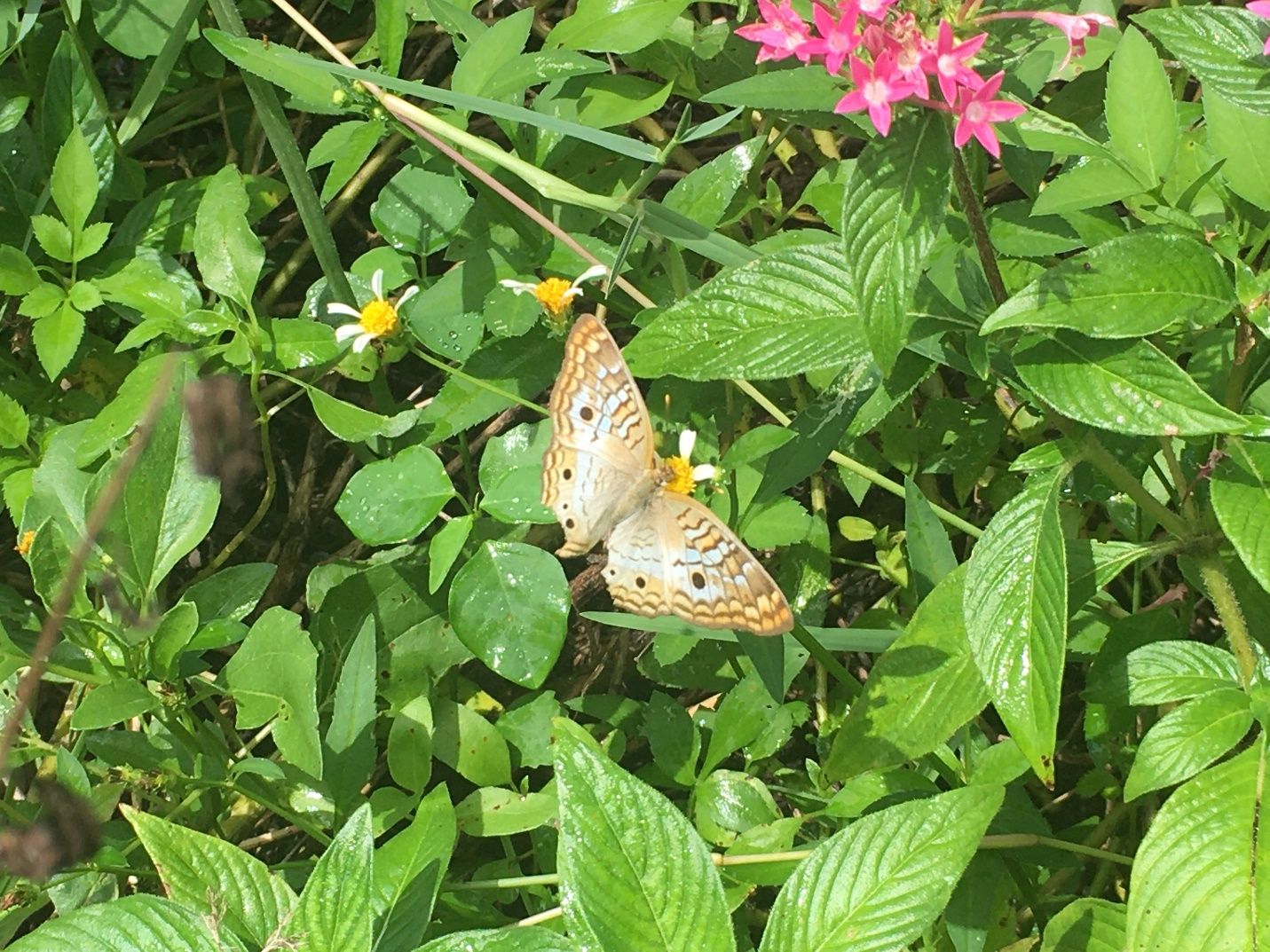
Credit: Tina McIntyre, UF/IFAS
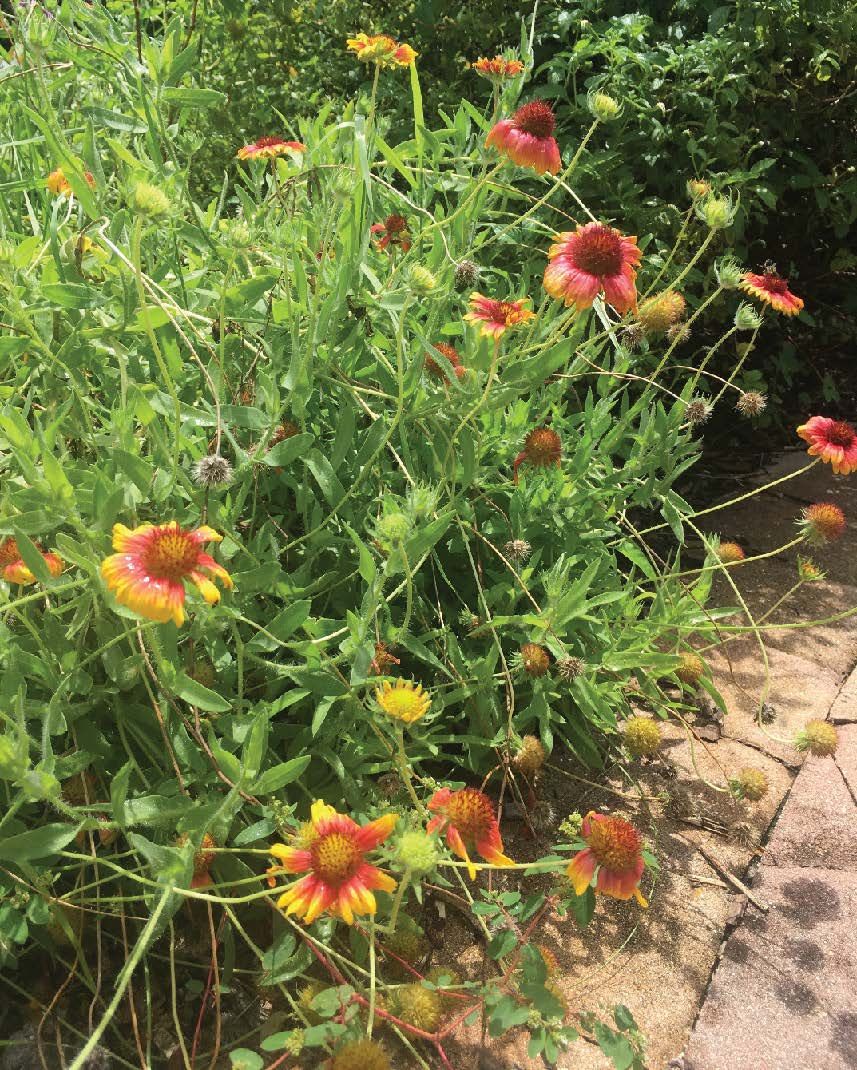
Credit: Tina McIntyre, UF/IFAS
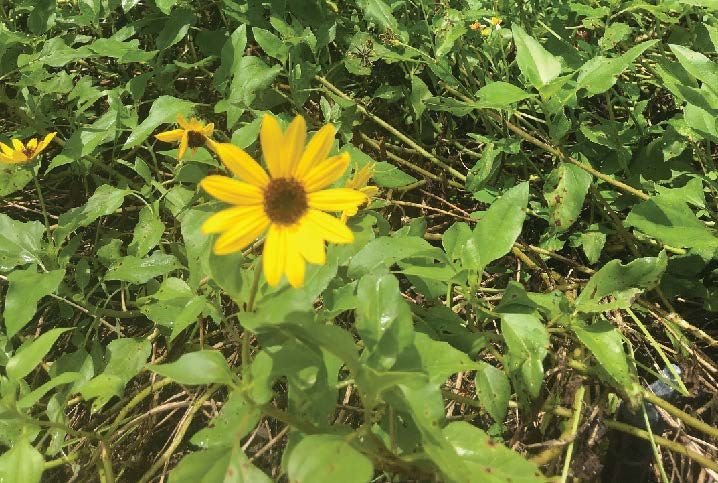
Credit: Tina McIntyre, UF/IFAS

Credit: Tina McIntyre, UF/IFAS
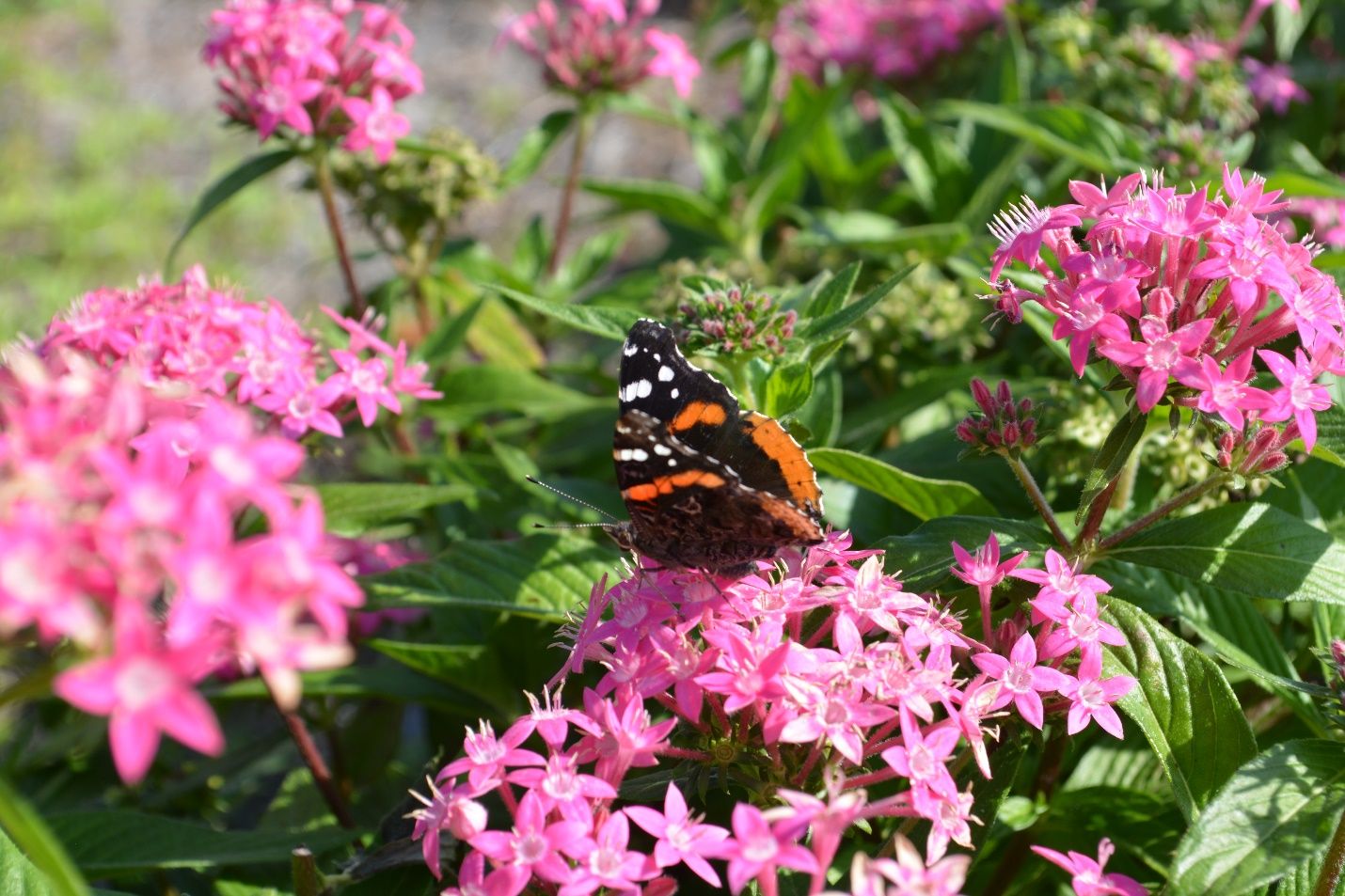
Credit: Tina McIntyre, UF/IFAS

Credit: Tina McIntyre, UF/IFAS
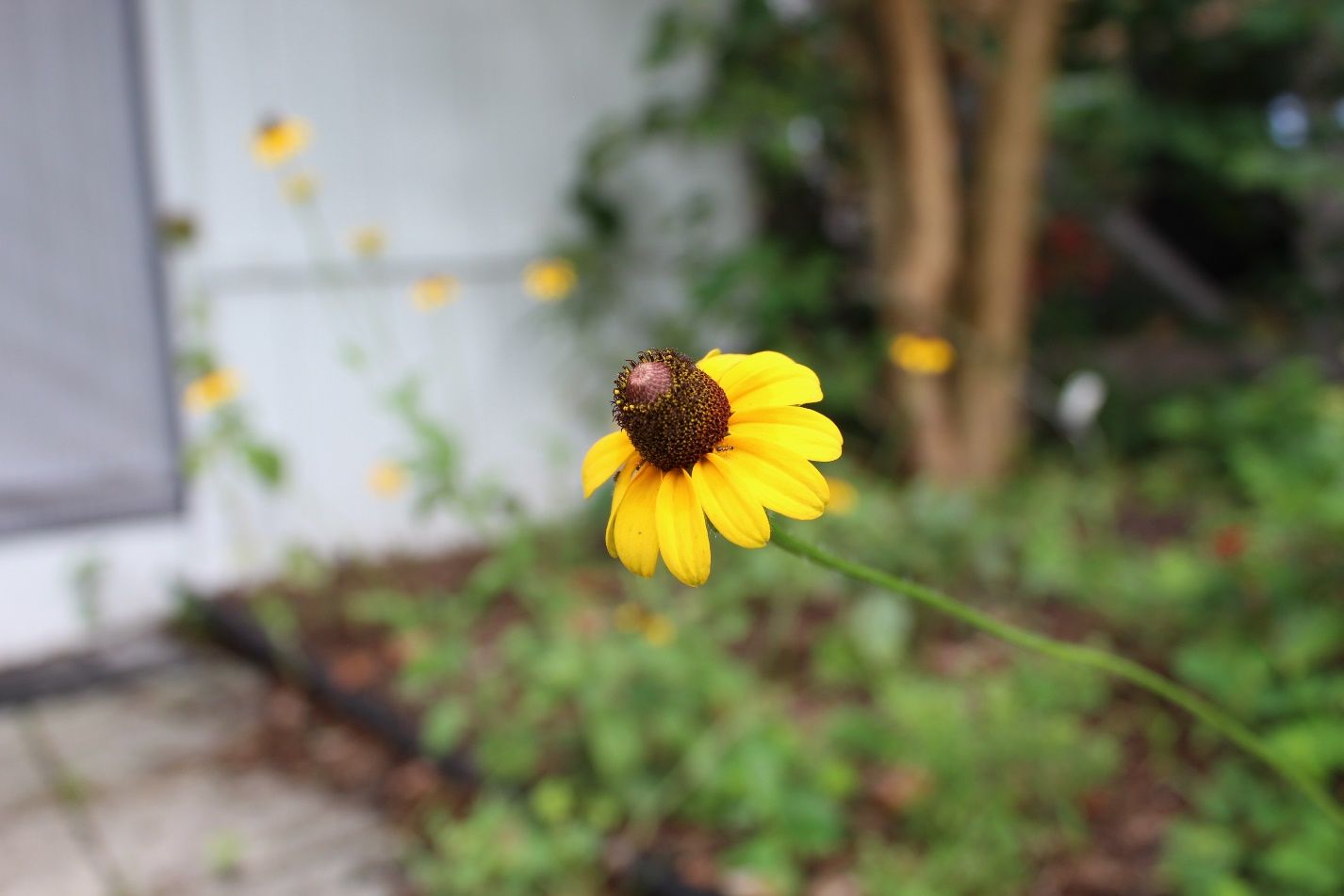
Credit: Tina McIntyre, UF/IFAS

Credit: Tina McIntyre, UF/IFAS

Credit: Vincent Marcucci

Credit: Vincent Marcucci
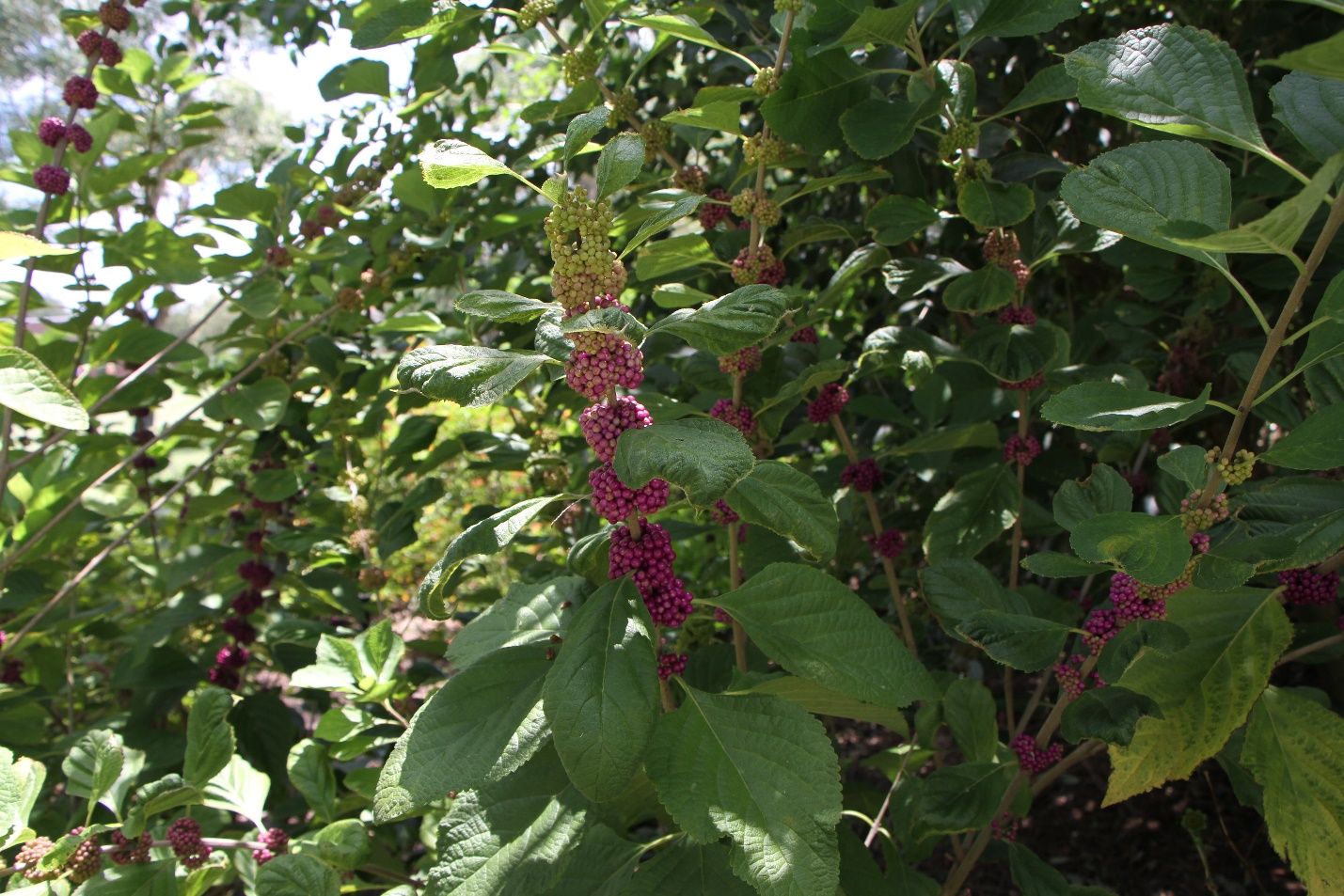
Credit: Vincent Marcucci
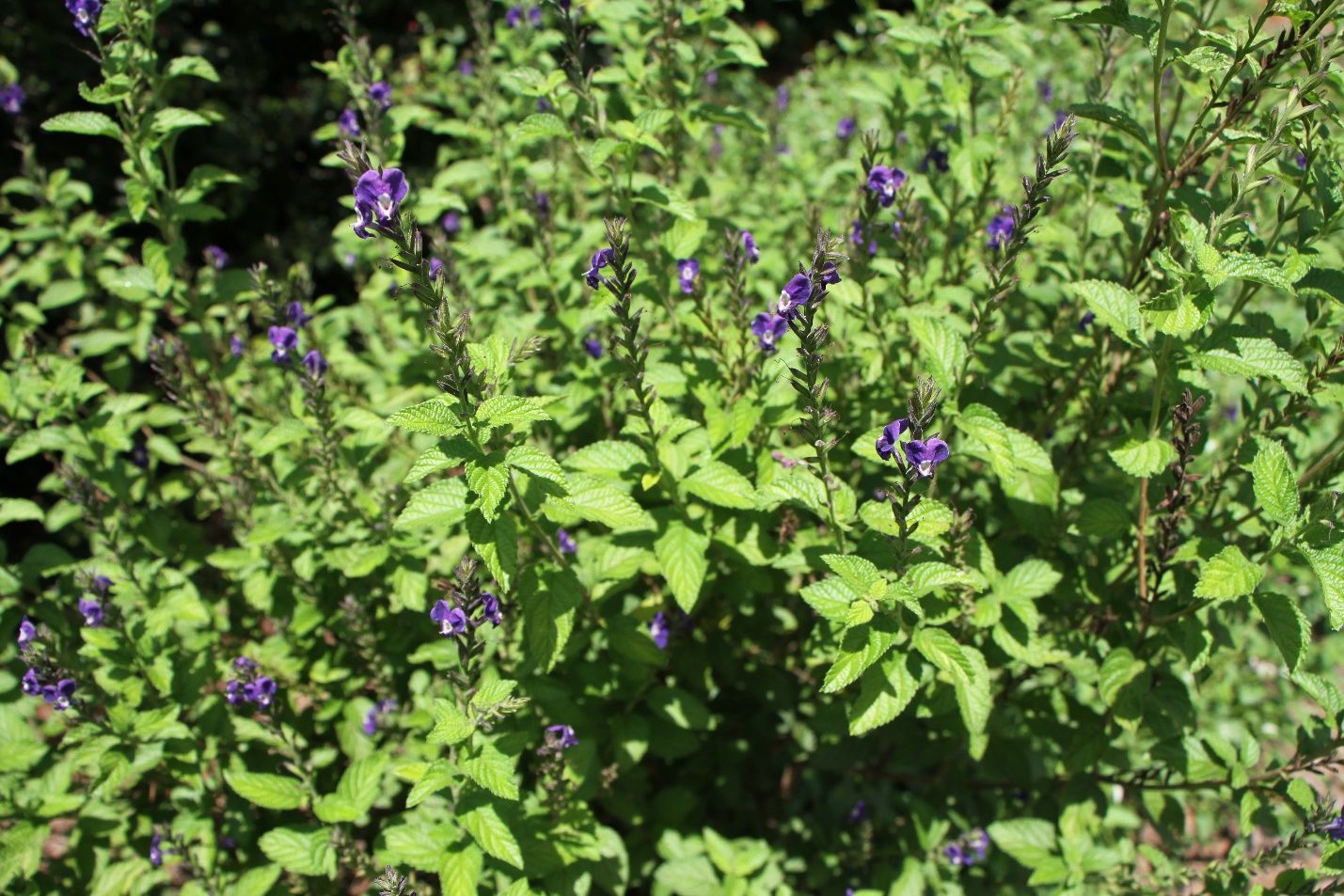
Credit: Vincent Marcucci

Credit: Tina McIntyre, UF/IFAS